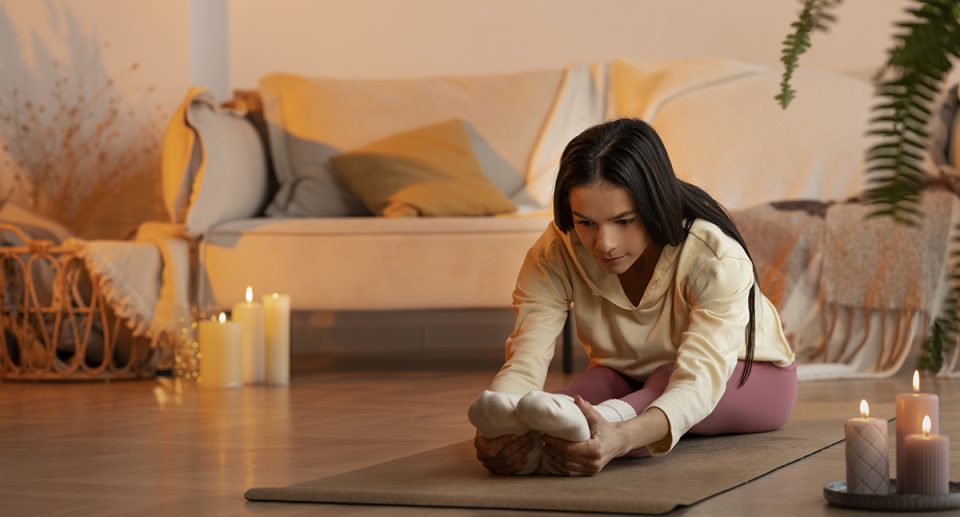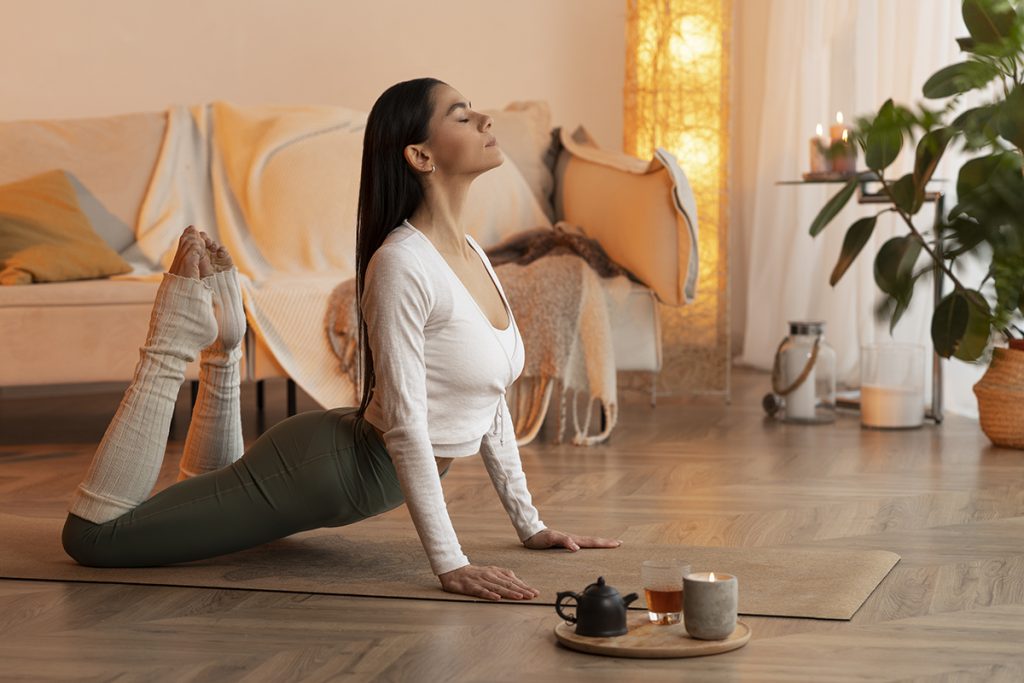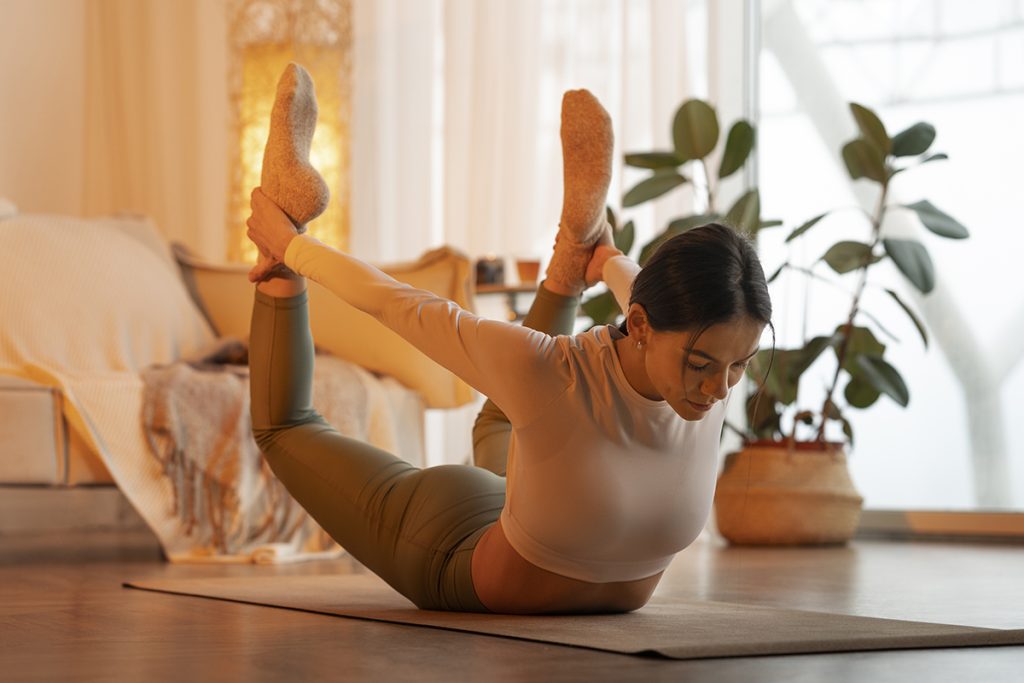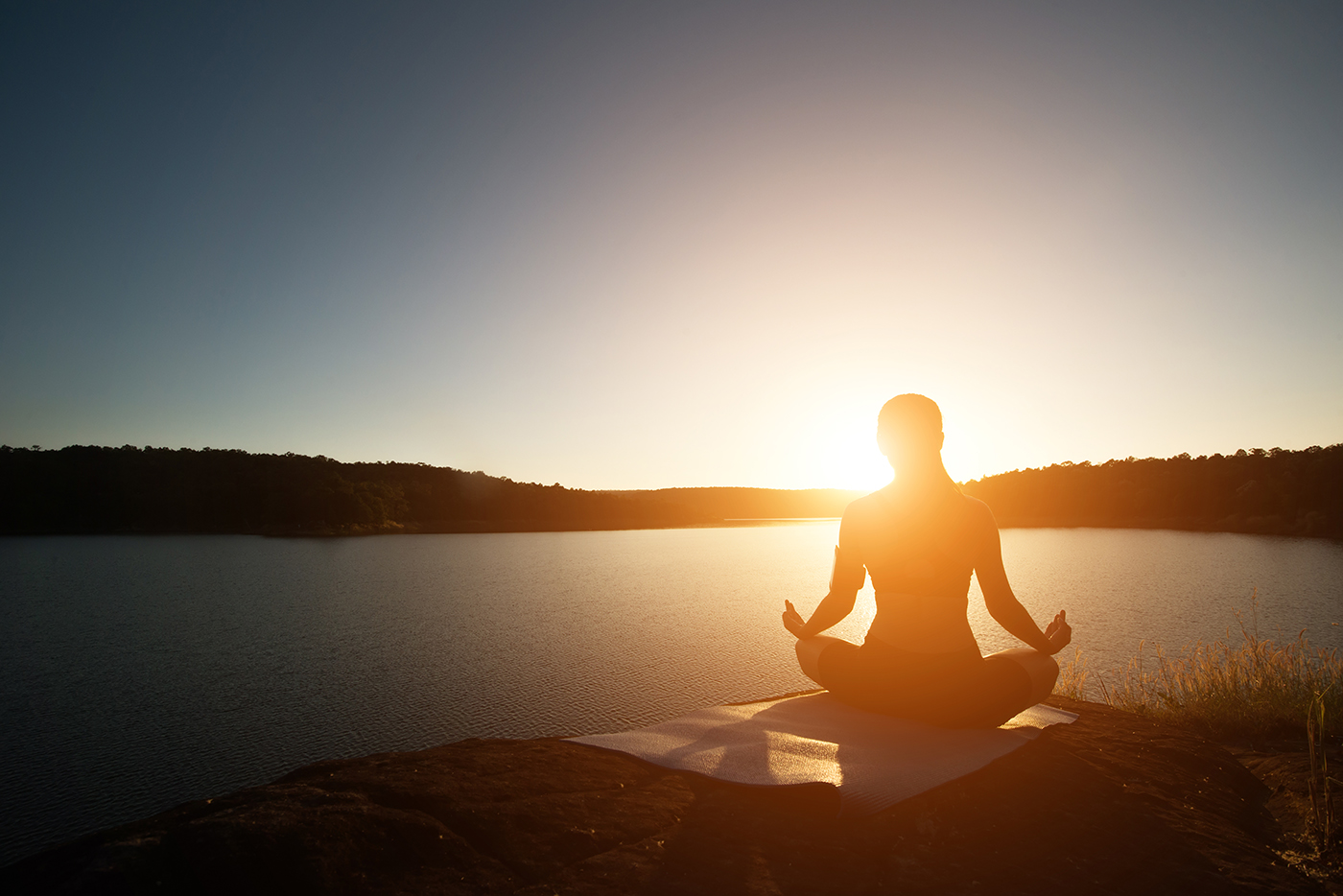Create the ultimate wellness space at home

A lot of people are now spending more time at home compared to previous years, causing a disruption in their daily routines. Many of the activities that used to ground and support them have changed, which can be unsettling.
However, this new reality also presents an opportunity to cultivate new habits, especially those that promote good health. Prioritizing daily self-care should be at the top of the list. To achieve this, it’s essential to create a home environment that supports wellness.
To start on the path towards wellness, it’s crucial to allocate time and a designated area for positive thinking, healthy eating, and physical activity. This entails creating a ‘habit loop’, which functions best when triggered by a cue, similar to a subtle reminder.
This is where establishing a physical space dedicated to wellness becomes beneficial. It serves as a tangible cue that triggers the habit loop, allowing you to effortlessly slip into a positive mindset. As the famous movie quote goes, ‘If you build it, they will come’. By constructing a space that promotes self-care, you can encourage yourself to prioritize your well-being each day.

Set an intention
Our actions are often motivated by goals and targets, which can sometimes lead to significant stress. Engaging in wellness activities can aid in reducing such stress. Hence, it’s crucial to establish the foundation of your wellness space with intention. Begin by envisioning how you want to feel in this space and utilize that emotion as a guide as you design and cultivate the area.
Select the appropriate location
To create a wellness space that best fits your needs, start by identifying its purpose. Do you aim to establish a regular yoga practice, or do you need a quiet spot for meditation? Maybe you want to use the space for morning journaling or listening to educational podcasts while taking notes. Alternatively, you might prefer to engage in art therapy as a form of self-care.
When designing your wellness space, it’s crucial to consider the specific needs of your chosen activity. For instance, yogis require ample floor space for a yoga mat, while meditators may need a comfortable chair or cushion for their practice. Journalers and artists may benefit from a desk or surface to work on.
Assess the available spaces you have and choose one that aligns with your requirements. Look for an area that’s free of distractions and promotes quiet focus. If possible, consider an outdoor location, such as a shaded corner of your yard or patio, if the weather permits. Being in nature can contribute to your overall wellness, even before you start your activity.
Eliminate all distractions
The main objective of establishing a wellness space is to create a designated area for personal reflection and relaxation. This area serves as a cue that triggers your wellness activity and assists in developing a habit. Thus, it’s crucial to eliminate any distractions.
Surrounding yourself with clutter can make it challenging to clear your mind, so it’s essential to remove any reminders of unfinished tasks or distractions. This space should be solely devoted to your wellness activity, without any room for multitasking.
Additionally, it’s best to avoid using technology in this area. Remove laptops, cellphones, and televisions, as they can interfere with your focus and relaxation. Instead, consider using a Bluetooth speaker to listen to music or podcasts, enabling you to distance yourself from the screen and focus solely on the audio.

Add natural elements
Adding natural elements or indoor plants to your indoor wellness space can create a calming atmosphere. Not only do plants purify the air, but they also enhance the aesthetics of the room. If you have a window with a scenic view of nature, use it as a background.
Alternatively, a landscape photograph or a partition screen with botanical prints can add the perfect amount of natural beauty to your space.
Make use of mood lighting
While natural lighting is ideal, direct sunlight can be too harsh and distracting. To soften the brightness, consider using a mesh curtain or translucent blind. In cases where windows are not available, choose a soft and soothing light that complements your wellness activity.
Activate the senses
In addition to your wellness space acting as a strong cue for habit formation, you can further enhance the effect with sensory stimulation. Using a diffuser to disperse essential oils can provide the benefits of aromatherapy.
If your space is susceptible to distracting noise, consider using a white noise machine or small fountain to create a soothing background sound. Sipping on a cup of herbal tea or lemon water while in your wellness space is another way to reinforce your practice.

Create the ultimate wellness space at home conclusion
Wellness and self-care are part of your ongoing journey. Forming a wellness habit now creates a foundation to build upon. While each of our wellness journeys will be different, establishing and cultivating a space to practice is a helpful tool that can get you started on the new path.



















